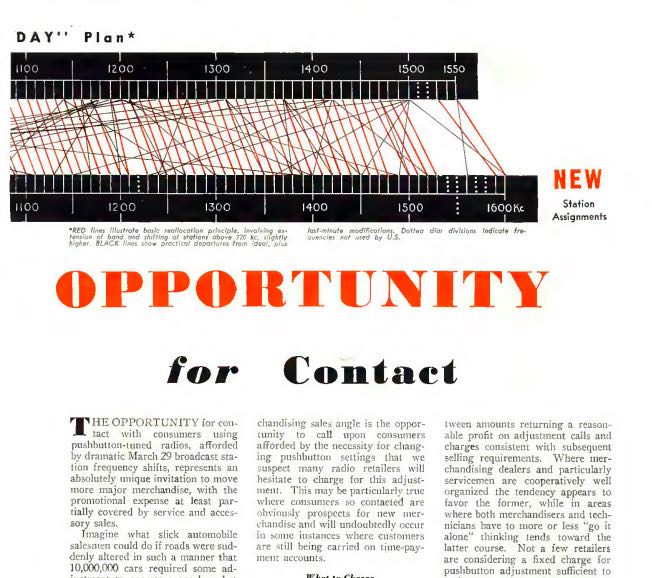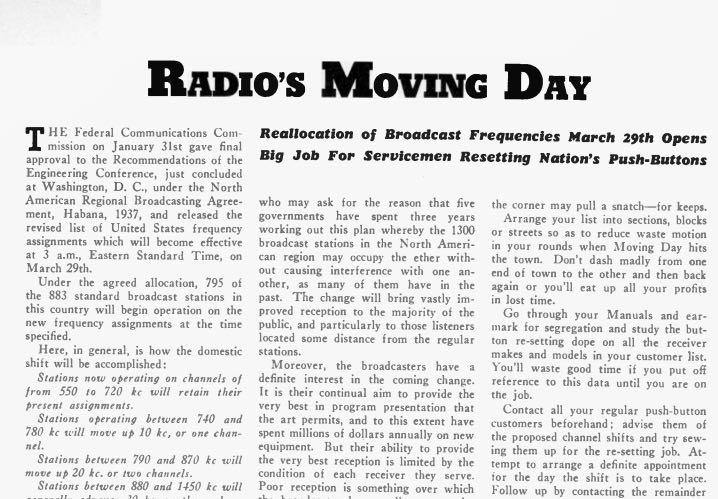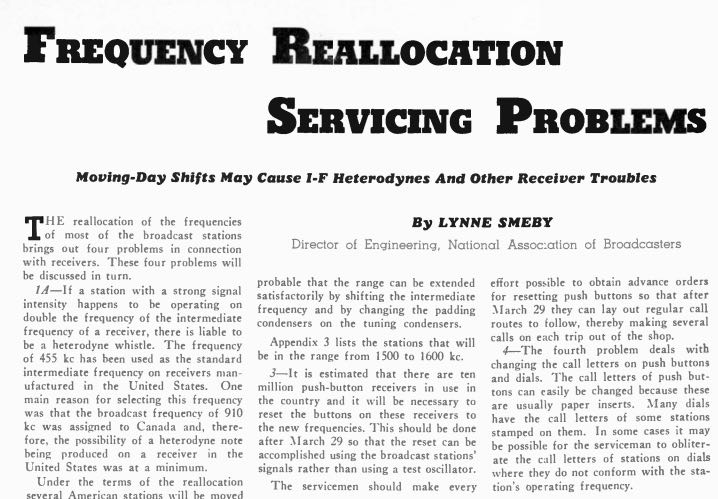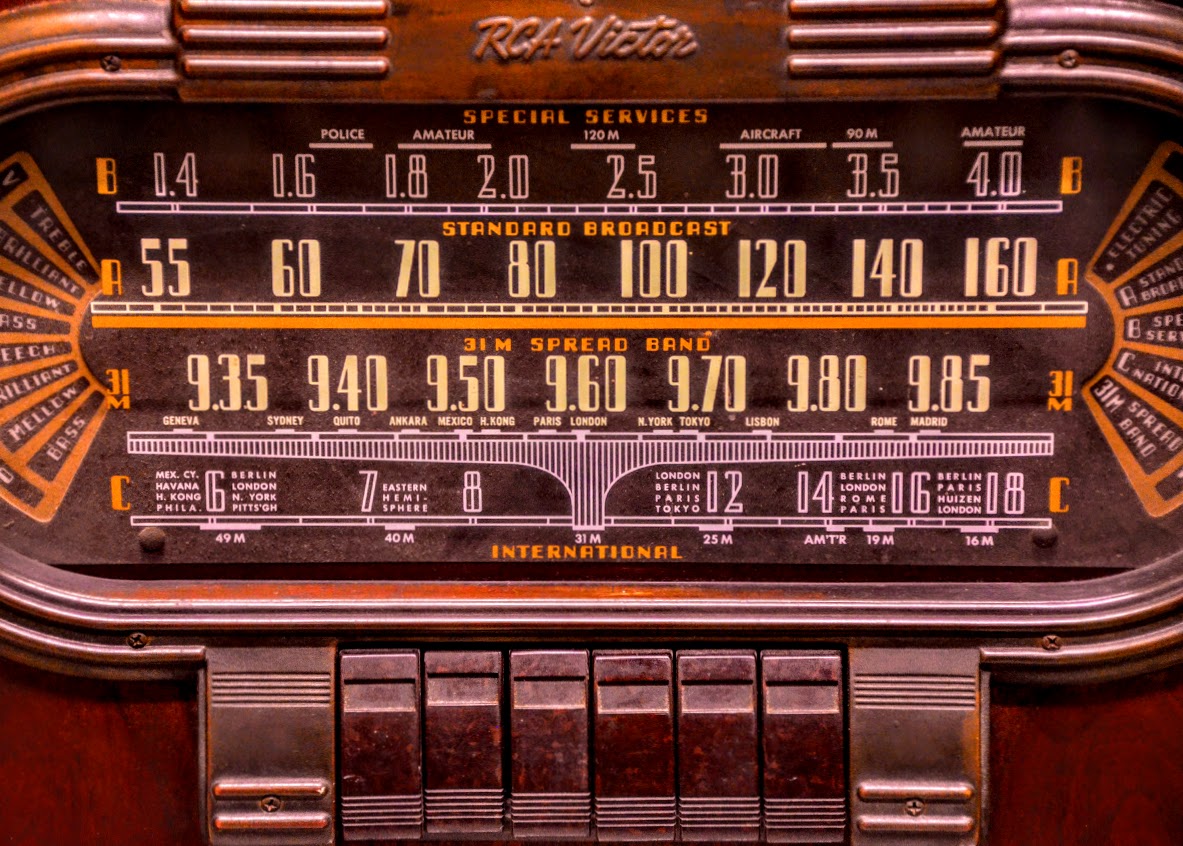 Many thanks to SWLing Post contributor, Bill Hemphill, who shares the following guest post and addendum to his most recent post on BBC Re-Tune messages:
Many thanks to SWLing Post contributor, Bill Hemphill, who shares the following guest post and addendum to his most recent post on BBC Re-Tune messages:
Radio Moving Day
by Bill Hemphill (WD9EQD)
After listening to the BBC “Re-Tune” broadcasts, it reminded me of when the United States had its own “Re-Tune” day on March 29, 1941. It was referred to as “Moving Day”.
At 3:00 am, 802 of the 890 radio stations moved frequency. Following are a couple of articles about this day:
http://www.jimramsburg.com/the-march-of-change-audio.html
https://www.radioworld.com/columns-and-views/in-1941-stations-confronted-39moving-day39
And a previous SWLing Post article:
https://swling.com/blog/2021/04/am-radio-history-80th-anniversary-of-the-havana-treaty/
Like the BBC, there were also broadcasts helping listeners to get ready: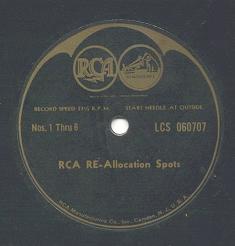
Audio Clip 1
Audio Clip 2
Audio Clip 3
Audio Clip 4
I love how it was used as an opportunity to get the radio listener to call on the radio technician to re-program the radio push buttons. And of course while the technician is there, have him do a full alignment and maybe replace a tube.
The March 1941 issue of Radio and Television Retailing (Pages 16-17) had the article “Radio’s Opportunity for Contact”.
Link: https://worldradiohistory.com/Archive-Radio-Retailing/40s/Radio-Retailing-1941-03.pdf
While the entire article is an interesting read, the first few paragraphs sums up the opportumities:
THE OPPORTUNITY for contact with consumers using pushbutton-tuned radios., afforded by dramatic March 29 broadcast station frequency shifts, represents an absolutely unique invitation to move more major merchandise, with the promotional expense at least partially covered by service and accessory sales.
Imagine what slick automobile salesmen could do if roads were suddenly altered in such a manner that 10,000,000 cars required some adjustment to operate properly, what refrigerator salesmen might accomplish if a change in current necessitated motor manipulation, how laundry equipment salesmen would positively gloat over the glut of prospects if that many people with old machines actually asked them to call.
Calls make sales, as the records of many home specialty retailers conclusively prove, and the beauty of this particular opportunity to make them lies in the three-fold fact that cold-canvassing is completely unnecessary, that the motivating power of any campaign built around it is obviously not just trumped-up by the trade and that only dealers selling or servicing radios can capitalize in all departments of their business.
So valuable from a major merchandising sales angle is the opportunity to call upon consumers afforded by the necessity for changing pushbutton settings that we suspect many radio retailers will hesitate to charge for this adjustment.
This may be particularly true where consumers so contacted are obviously prospects for new merchandise and will undoubtedly occur in some instances where customers are still being carried on time-payment accounts.
The Feb 1941 issue of Radio Service-Dealer (Page 8) also stressed the opportunities.
Link: https://worldradiohistory.com/Archive-Radio-Service-Dealer/40s/Radio-Service-Dealer-1941-02.pdf
From Page 8:
Reallocation of Broadcast Frequencies M arch 29th Opens Big Job For Service men Resetting Nation’s Push-Buttons
YOUR JOB
There are approximately 10 million push-button receivers in operation in this country. It will be your job to re-set the buttons for the new frequencies in the shortest possible time and with the least amount of confusion. It will also be your job and your opportunity to inspect these receivers for faulty operation. No such opportunity is likely to present itself again, so make the best of it.
And on page 7 of the Mar 1941 issue of Radio Service-Dealer has the article FREQUENCY REALLOCATION SERVICING PROBLEMS
Link: https://worldradiohistory.com/Archive-Radio-Service-Dealer/40s/Radio-Service-Dealer-1941-03.pdf
The first Problem discussed is the IF Frequency:
1A—If a station with a strong signal intensity happens to be operating on double the frequency of the intermediate frequency of a receiver, there is liable to be a heterodyne whistle. The frequency of 455 kc has been used as the standard intermediate frequency on receivers manufactured in the United States. One main reason for selecting this frequency was that the broadcast frequency of 910 kc was assigned to Canada and, therefore, the possibility of a heterodyne note being produced on a receiver in the United States was at a minimum. Under the terms of the reallocation several American stations will be moved to 910 kc thus producing a problem in the cities where these stations are to be located. If a heterodyne note is heard due to this cause the remedy is to shift the intermediate frequency to one side or another.
Thank you, Bill, for shedding more light on Radio Moving Day and, especially, providing us with the broadcaster and technician’s point of view.

